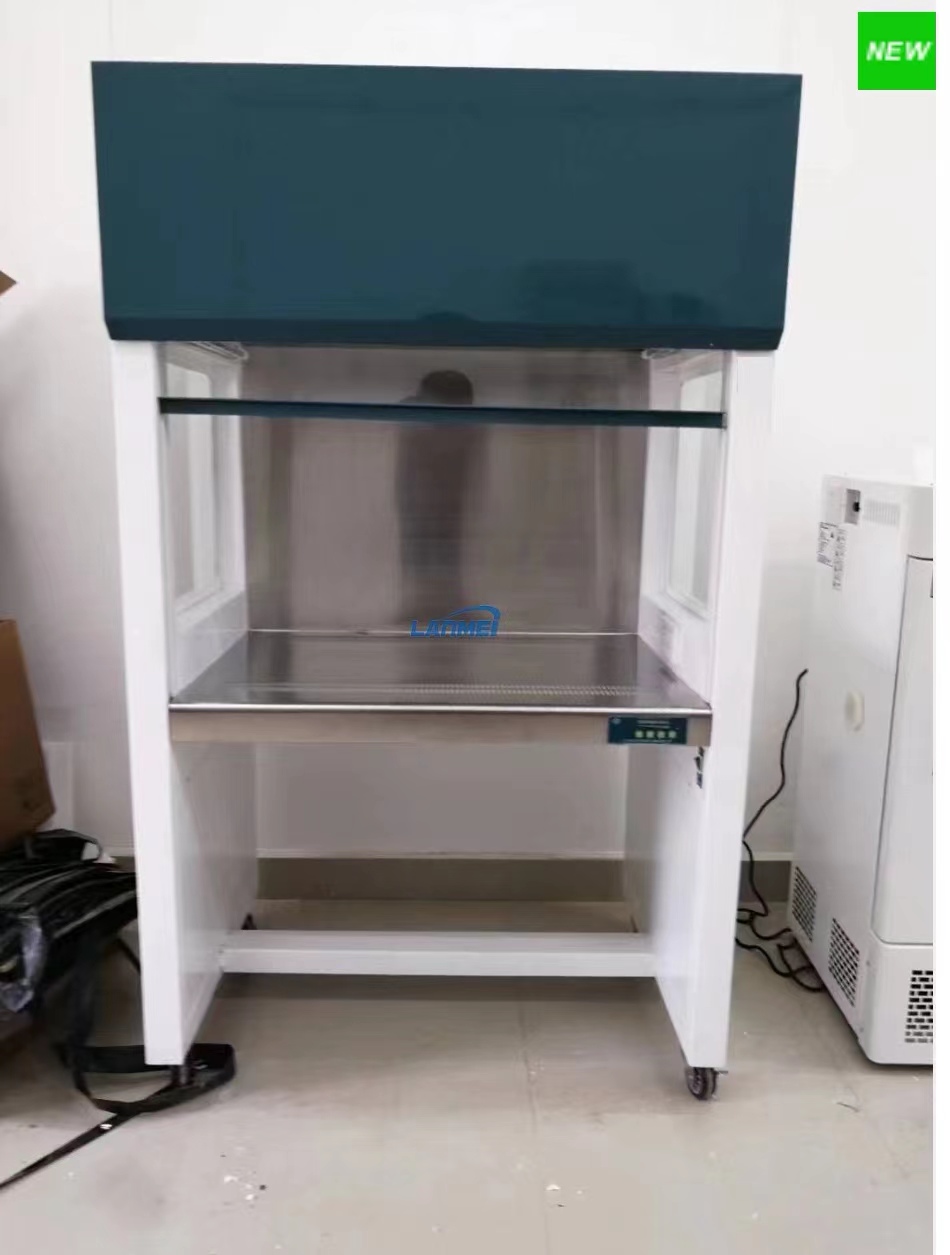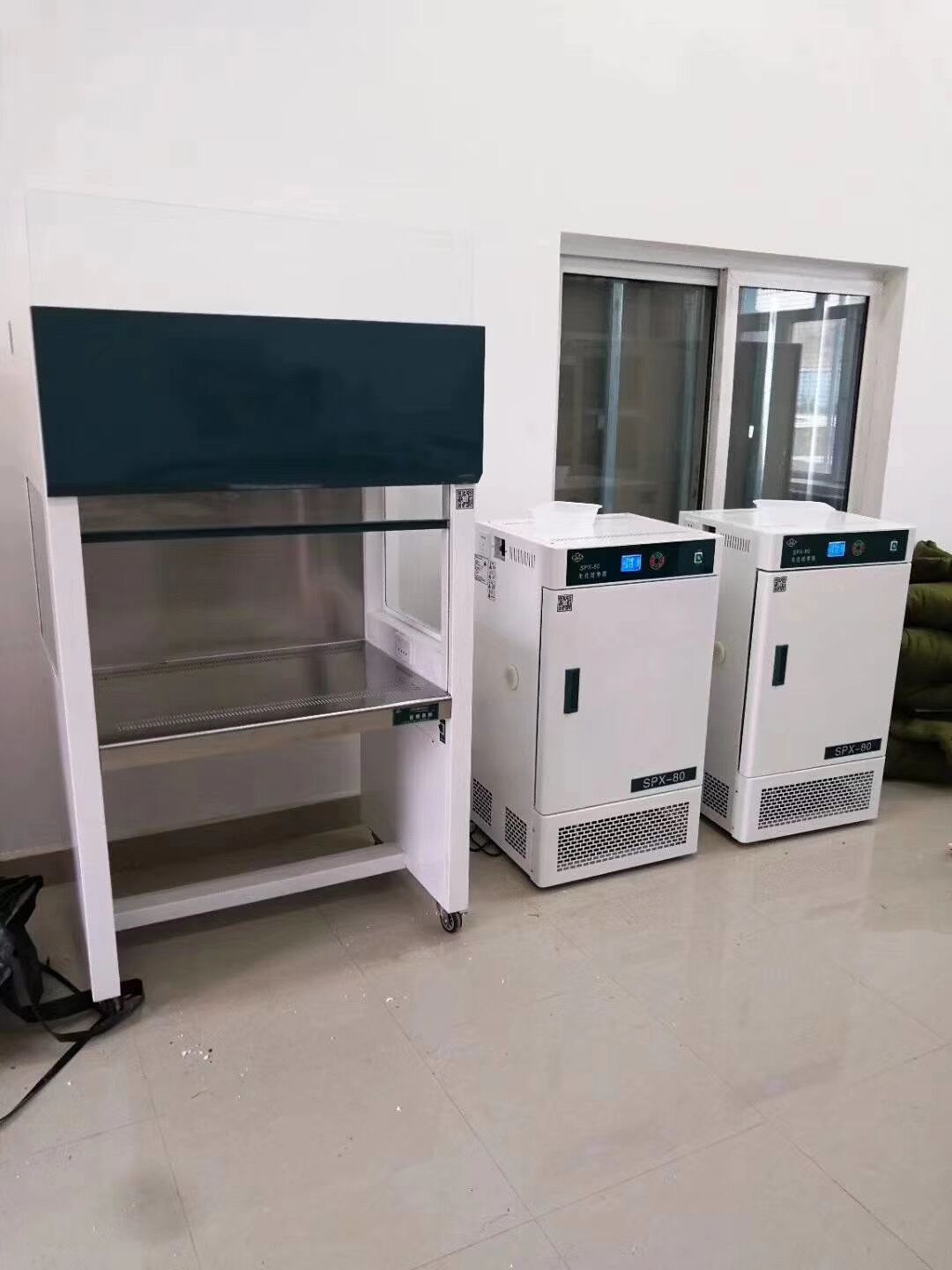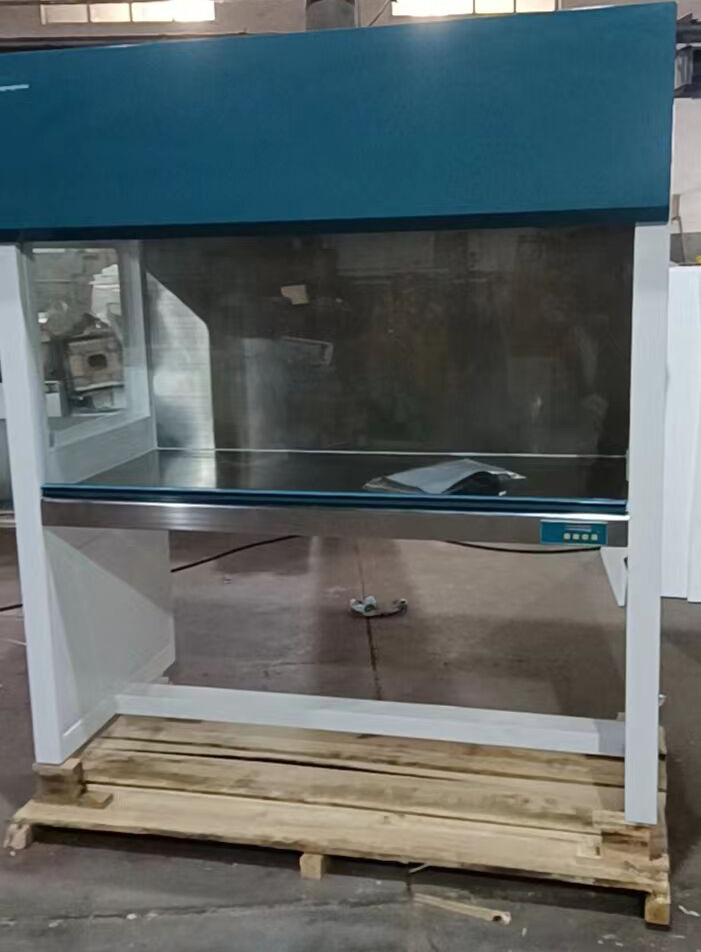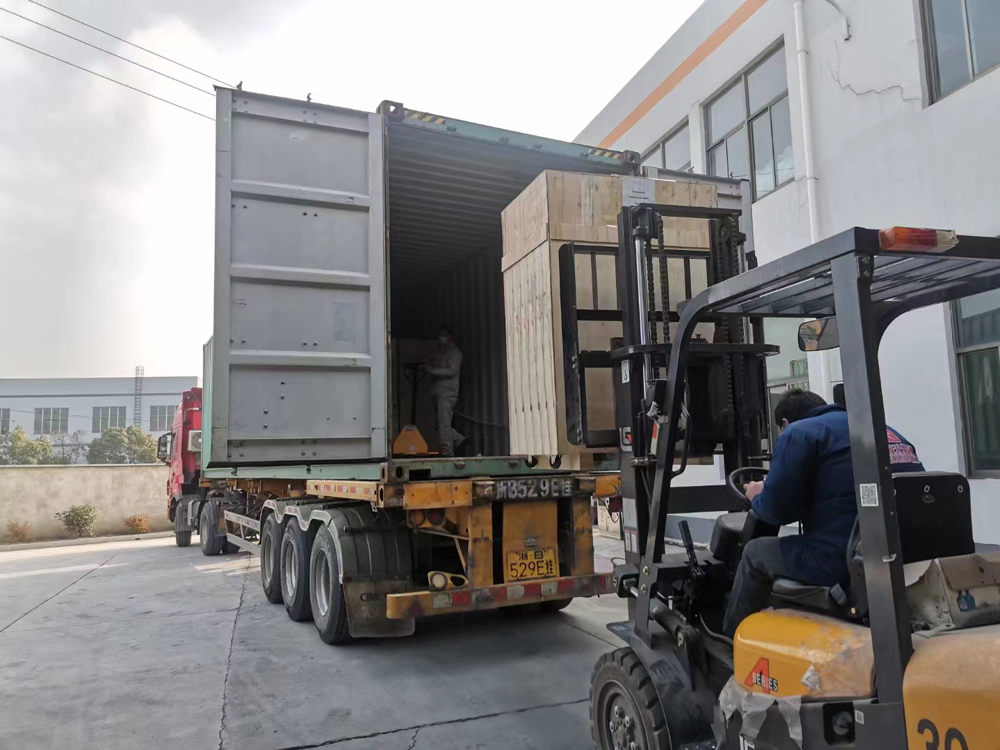Clean Bench: A Crucial Tool for Laboratory Safety and Efficiency
Introduction
Clean benches are an essential component of any laboratory, providing a controlled environment for a variety of scientific and technical work. Also known as laboratory clean benches or laboratory air clean benches, these specialized workstations are designed to maintain a sterile and particle-free environment, making them ideal for a wide range of applications, including pharmaceutical research, microbiology, electronics assembly, and more. In this article, we will explore the importance of clean benches in laboratory settings, their various types, and the benefits they offer in terms of safety, efficiency, and precision.
Understanding Clean Benches
A clean bench is a type of enclosed workspace that utilizes high-efficiency particulate air (HEPA) filters to create a clean and sterile environment. These filters remove airborne particles and microorganisms, ensuring that the workspace remains free from contamination. Clean benches are available in different classes, with Class 100 clean benches being among the most stringent in terms of air cleanliness. These workstations are commonly used for applications that require a high level of cleanliness, such as semiconductor manufacturing, pharmaceutical compounding, and biological research.
Types of Clean Benches
There are several types of clean benches, each designed to meet specific laboratory requirements. Horizontal clean benches, for example, direct filtered air horizontally over the work surface, providing a particle-free environment for delicate tasks such as cell culture and sample preparation. Vertical clean benches, on the other hand, direct filtered air downward, making them suitable for applications that involve hazardous materials or biological agents. Additionally, combination clean benches offer both horizontal and vertical airflow, providing flexibility for a wider range of laboratory procedures.
Benefits of Clean Benches
The use of clean benches offers numerous benefits to laboratory professionals and their work. One of the primary advantages is the maintenance of a sterile environment, which is crucial for preventing contamination and ensuring the accuracy and reliability of experimental results. Clean benches also provide a physical barrier between the user and the work materials, offering protection against potentially harmful substances and reducing the risk of exposure to biohazards or toxic chemicals. Furthermore, the controlled airflow within clean benches helps to minimize the spread of airborne contaminants, contributing to a safer and healthier working environment.
Safety and Compliance
In addition to their role in maintaining a clean and sterile workspace, clean benches play a critical role in ensuring laboratory safety and regulatory compliance. By providing a controlled environment, these workstations help to minimize the risk of cross-contamination and protect both the user and the surrounding environment from exposure to hazardous materials. This is particularly important in industries such as pharmaceuticals and biotechnology, where strict adherence to safety protocols and cleanliness standards is essential for product quality and regulatory approval.
Efficiency and Productivity
Clean benches also contribute to laboratory efficiency and productivity by providing a dedicated space for specific tasks that require a clean environment. By eliminating the need for time-consuming cleaning and sterilization procedures, clean benches allow researchers and technicians to focus on their work without interruptions, ultimately leading to faster turnaround times and increased output. Additionally, the use of clean benches can help to reduce the risk of experimental errors and contamination-related setbacks, leading to more reliable and reproducible results.
Maintenance and Operation
To ensure the optimal performance of clean benches, regular maintenance and proper operation are essential. This includes routine filter replacement, cleaning of the work surface, and adherence to manufacturer guidelines for airflow and contamination control. Users should also be trained on the correct use of clean benches, including proper hand positioning and aseptic techniques to minimize the introduction of contaminants. By following these best practices, laboratories can maximize the effectiveness of their clean benches and prolong their operational lifespan.
Future Developments
As technology continues to advance, the design and capabilities of clean benches are also evolving to meet the changing needs of modern laboratories. Innovations such as energy-efficient airflow systems, advanced filtration technologies, and integrated monitoring and control features are being incorporated into new clean bench designs, offering improved performance, energy savings, and user-friendly operation. Additionally, the integration of clean benches with other laboratory equipment and automation systems is enhancing their versatility and adaptability for a wide range of applications.
Conclusion
Clean benches are indispensable tools for maintaining a clean and sterile environment in laboratory settings. From pharmaceutical research to electronics assembly, these workstations play a crucial role in ensuring the safety, efficiency, and precision of scientific and technical work. By providing a controlled environment free from airborne contaminants, clean benches contribute to the reliability of experimental results, the protection of laboratory personnel, and the compliance with regulatory standards. As technology continues to advance, the future of clean benches holds promise for even greater performance and versatility, further enhancing their value in laboratory operations.
| Parameter Model | Single person single side vertical | Double persons single side vertical |
| CJ-1D | CJ-2D | |
| Max Power W | 400 | 400 |
| Working space dimensions(mm) | 900x600x645 | 1310x600x645 |
| Overall dimension(mm) | 1020x730x1700 | 1440x740x1700 |
| Weight(Kg) | 153 | 215 |
| Power Voltage | AC220V±5% 50Hz | AC220V±5% 50Hz |
| Cleanliness grade | 100 class (Dust ≥0.5μm ≤3.5 particles/L) | 100 class (Dust ≥0.5μm ≤3.5 particles/L) |
| Mean wind speed | 0.30~0.50 m/s(adjustable) | 0.30~0.50 m/s(adjustable) |
| Noise | ≤62db | ≤62db |
| Vibration half peak | ≤3μm | ≤4μm |
| illumination | ≥300LX | ≥300LX |
| Fluorescent lamp specificationAnd quantity | 11W x1 | 11W x2 |
| Uv lamp specification And quantity | 15Wx1 | 15W x2 |
| Number of users | Single person single side | Double persons single side |
| High efficiency filter specification | 780x560x50 | 1198x560x50 |
Post time: May-19-2024











